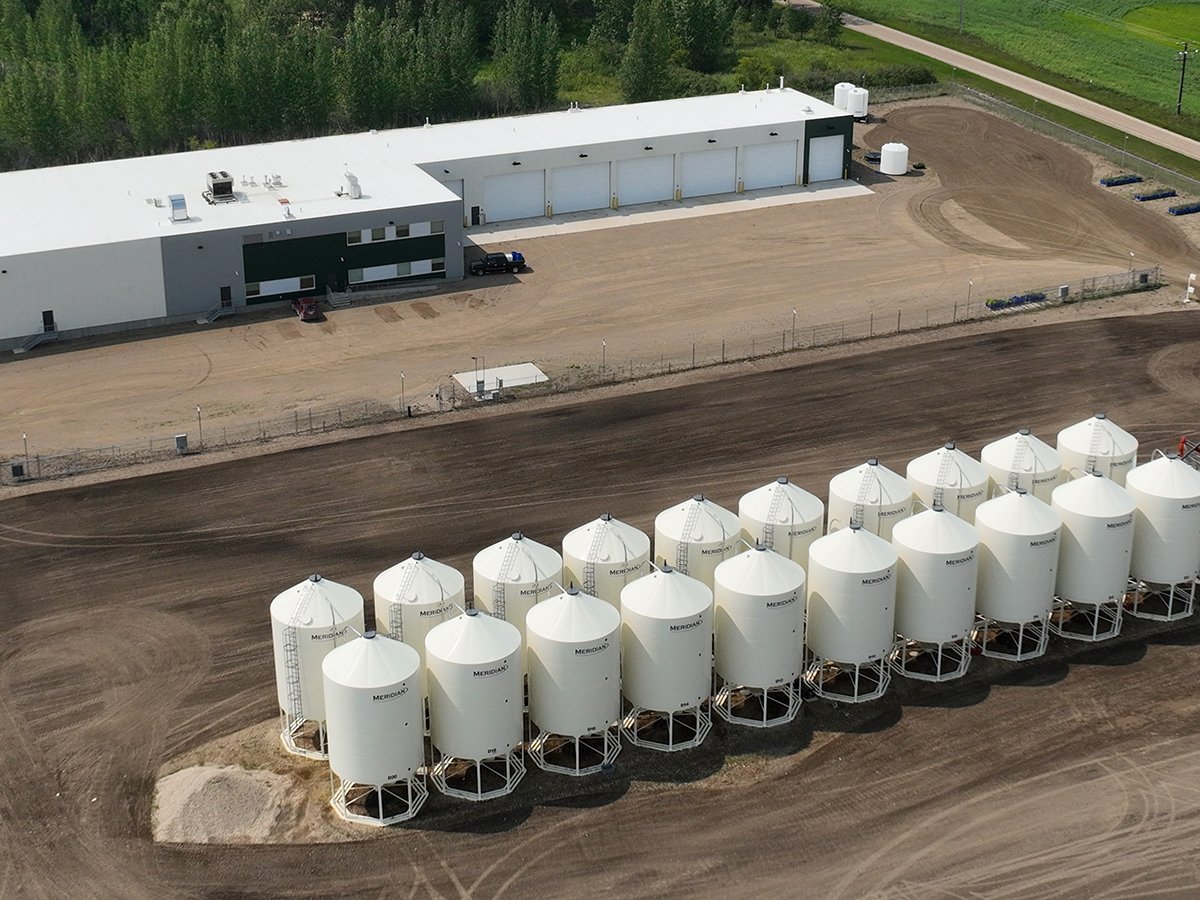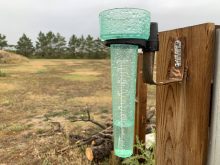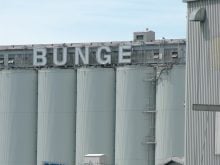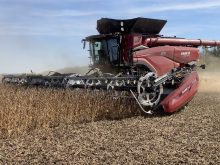Saskatchewan farmers will plant more lentils than peas for the first time this spring, according to Statistics Canada’s seeding intentions report.
The survey of 13,800 farmers conducted between March 24 and March 31 reveals that growers in the biggest pulse-producing province intend to plant 2.74 million acres of lentils and 2.7 million acres of peas.
Peas will still be Western Canada’s special crops champion because Albertans plan to seed 800,000 acres of peas and 135,000 acres of lentils.
Two years ago, Saskatchewan growers seeded nearly twice as many peas as lentils.
Read Also

Saskatchewan firm aims to fix soil with compost pellets
In his business, Humaterra, Leon Pratchler is helping farmers maximize yields in the weakest areas of their fields through the use of a compost pellet.
“Certainly you’re seeing a balancing of the pulse production,” said Murad Al-Katib, president of Saskcan Pulse Trading Inc., the world’s largest exporter of lentils.
Dale Risula, special crops specialist with Saskatchewan Agriculture, said the transformation of the province’s pulse acres is about economics.
“It seems as though lentils were one of the very few, if not the only crop, that showed any promise of an economic gain,” he said.
Risula said he thought the lentil number would be larger, somewhere around three million acres.
He is not alone.
Analysts have been calling for increases as high as 40 to 50 percent since they began making their first estimates in January at Crop Production Week. As a result, a 16 percent hike seems anti-climatic.
Brian Clancey, editor of the Stat Publishing newsletter, said lentil plantings could climb past three million acres, considering the survey was conducted before rain arrived in April.
Al-Katib said Statistics Canada has adjusted its initial lentil estimate upward in the past few years, and he believes that will happen again. Moisture conditions are good, and there is no reason for farmers to expand summerfallow acreage.
Dave Nobbs, general manager of CanPulse Foods, a special crops processing firm in Kindersley, Sask., also believes Statistics Canada missed the mark with its estimate of a 385,000 acre increase in Saskatchewan lentil plantings.
“It is not a significantly large increase considering the amount of euphoria or talk we’ve heard in the country. So I think it’s off. I think it’s too low.”
Nobbs is sticking with a 600,000 to 800,000 acre jump in lentil plantings this spring, with the difference coming at the expense of peas.
However, he believes that will be more lentils than the industry can handle.
Nobbs is particularly concerned about an oversupply of red lentils, saying he has the same feeling he did when the province’s growers planted too many chickpeas.
However, Al-Katib said 80 percent of world lentil consumption is reds and he is not concerned about moving the crop.
“It is not a finite market,” he said.
The Indian subcontinent is coming off a poor winter harvest, so despite vastly improved Turkish lentil prospects, Al-Katib believes Canada can still move a big crop. He welcomes the move toward a more consistent annual supply of lentils.
Chickpeas and canaryseed are the other big special crops movers in the intentions report. They are expected to rise by 56 and 70 percent, respectively.
Al-Katib, whose company just took over the B-90 chickpea program from Walker Seeds, said the chickpea number is too small. The report calls for 125,000 acres, up from 80,000 acres in 2009.
“I think that number is dramatically understated,” he said. “There is definitely going to be substantially more chickpeas planted than what Statscan is forecasting. I won’t be surprised if that number is double what they’re forecasting today.”
Nobbs said the canaryseed estimate of 510,000 acres might have a bearish influence on the market, but he doesn’t doubt the validity of the estimate.
“That’s what I’m seeing in the country,” he said.
“There is so much anything-but-durum (sentiment) going on in that number. People are still looking at a 15 cent (per pound canaryseed) price today compared to a $4 (per bushel) durum that they can’t move. That’s where those acres came from.”















